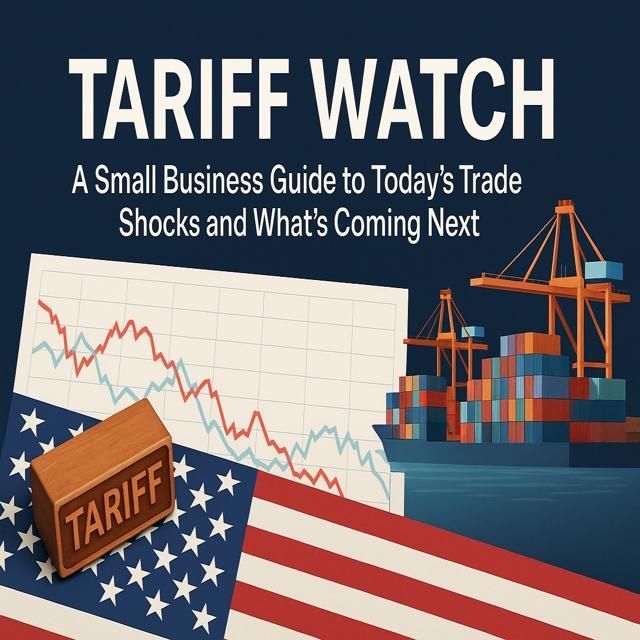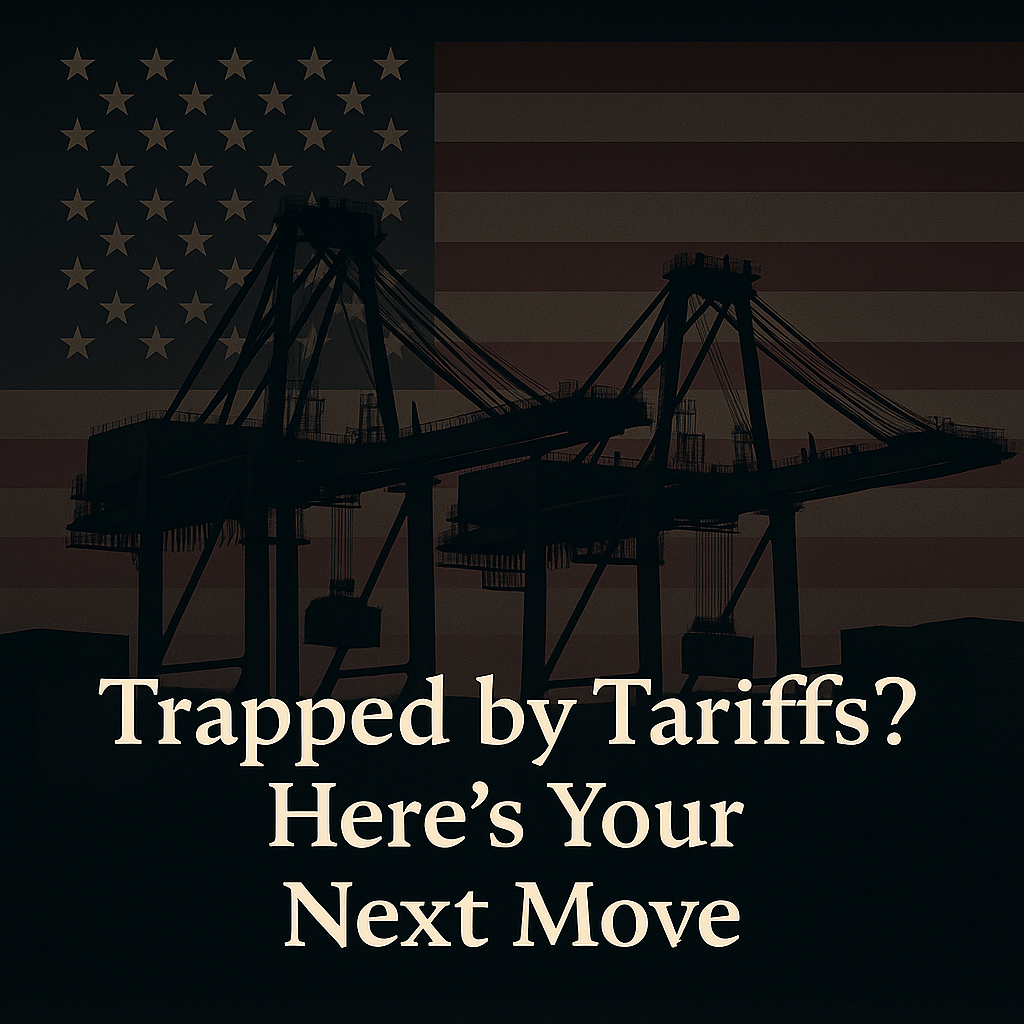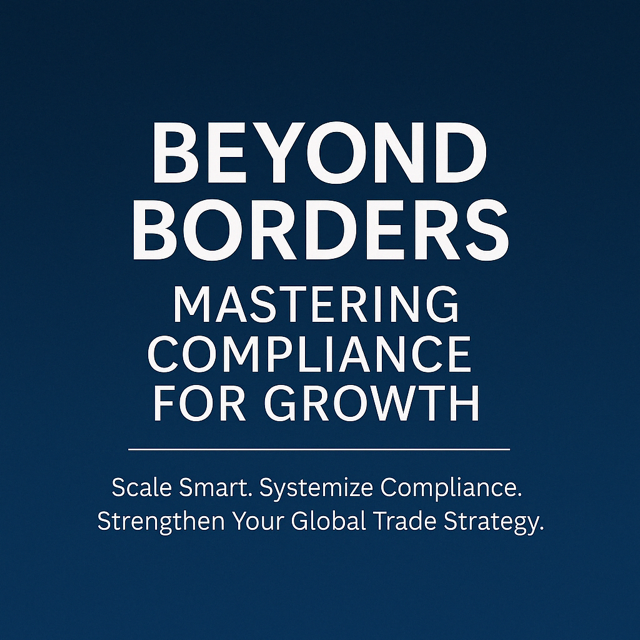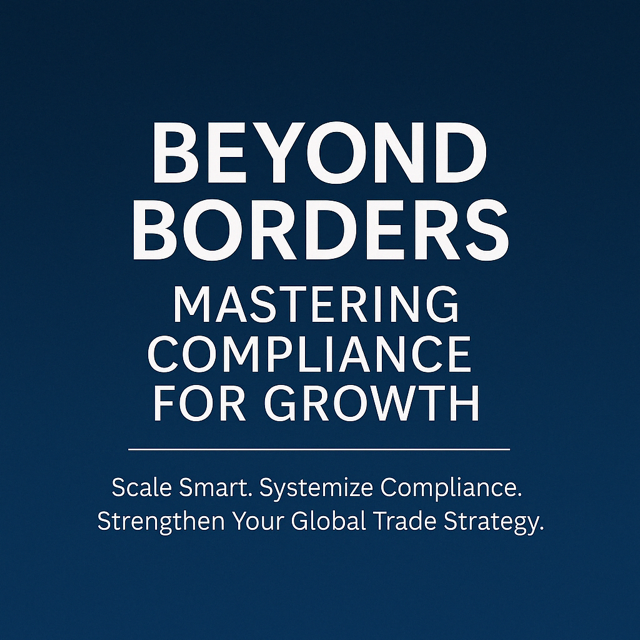Audio Conversation:
Full Blog Article:
In today’s interconnected global trade environment, maintaining supply chain security is critical. For businesses—especially small and midsize U.S. importers and exporters—the stakes are high. Delays, increased inspections, and non-compliance can lead to significant financial and operational setbacks. Enter the Authorized Economic Operator (AEO) program: a powerful initiative designed to streamline trade, enhance security, and provide tangible benefits to compliant businesses.
This blog, dives into the world of AEO programs, how they work, and why they should be on your radar. Whether you’re just getting started or seeking ways to optimize your trade operations, this guide will help you understand the impact of AEO programs on your business.
What Is an Authorized Economic Operator (AEO) Program?
An Authorized Economic Operator (AEO) program is a voluntary, globally recognized initiative implemented by customs administrations worldwide. It aims to foster a secure supply chain while facilitating the movement of goods across borders. Businesses that meet certain criteria—such as demonstrating a strong compliance record and adopting robust security practices—can earn AEO status.
In North America, the AEO concept is implemented under different program names:
- United States : Customs-Trade Partnership Against Terrorism (C-TPAT)
- Mexico : Operador Económico Autorizado (OEA) (previously known as Nuevo Esquema de Empresas Certificadas or NEEC)
- Canada : Partners in Protection (PIP)
Although each program is tailored to the unique regulatory environment of its country, they all adhere to the core principles of the World Customs Organization (WCO) and its SAFE Framework of Standards.
The WCO introduced the AEO concept as part of its SAFE Framework to Secure and Facilitate Global Trade. Today, over 90 countries, including the United States, European Union member states, China, and Japan, have implemented AEO or equivalent programs.
How Does the AEO Program Work?
Eligibility Criteria
To qualify as an AEO, businesses must demonstrate:
- Compliance with customs regulations: Consistent adherence to import/export laws and regulations, as discussed in our earlier blog, Article 8: "Import Compliance: What Steps Ensure Smooth Customs Clearance for Imported Goods?"
- Financial solvency: A proven track record of financial stability.
- Secure supply chain practices: Implementation of measures to prevent smuggling, theft, and terrorism, such as detailed supply chain mapping, a topic we touched on in, Article 6: "Denied Parties Lists: Why Should You Check These Lists Before Doing Business with Foreign Entities?"
Application Process
The application process involves a comprehensive self-assessment, followed by audits and validations by customs authorities. This ensures businesses meet the required standards and are prepared to maintain compliance over time.
Key Benefits of the AEO Program
Participating in an AEO program isn’t just about compliance—it’s about unlocking competitive advantages. Here’s how:
- Reduced Customs Delays: AEO-certified businesses enjoy priority treatment at customs checkpoints, minimizing inspection times. For exporters and importers alike, this means faster delivery times and happier customers.
- Lower Costs: Fewer delays translate to reduced demurrage, storage fees, and other costs associated with customs hold-ups.
- Enhanced Credibility: AEO status signals to partners, clients, and regulators that your business prioritizes compliance and security. This credibility can open doors to new partnerships and markets.
- Mutual Recognition Agreements (MRAs): Many countries establish MRAs to recognize each other’s AEO programs. For example, the United States’ Customs-Trade Partnership Against Terrorism (C-TPAT) program has MRAs with nations like Canada, the EU, and Japan, providing streamlined trade benefits across borders.
Why Small and Midsize Businesses Should Consider AEO
Competing on a Global Scale
For small and midsize businesses, joining an AEO program can level the playing field. In a global market where efficiency and security are paramount, AEO certification provides the credibility and tools to compete with larger players.
Improved Risk Management
Adopting the rigorous standards required by AEO programs can help businesses identify and mitigate risks before they escalate, ensuring a smoother operational flow.
Access to Global Markets
With the reduction of trade barriers and faster customs clearance, AEO-certified businesses are better positioned to explore new markets and expand their global footprint.
How a U.S. Customs Broker Can Help with AEO Compliance
Achieving AEO certification can feel overwhelming, especially for small and midsize businesses with limited resources. This is where a trusted U.S. customs broker becomes invaluable.
- Guidance on Application and Compliance: Customs brokers can guide businesses through the AEO application process, ensuring all documentation and procedures meet regulatory requirements.
- Supply Chain Optimization: With expertise in supply chain mapping and trade agreements, brokers help businesses identify vulnerabilities and implement strategies to enhance security and compliance.
- Ongoing Support: AEO compliance is not a one-time effort. Brokers provide ongoing support, helping businesses maintain their status and stay informed about regulatory changes.
Summary
The AEO program offers U.S. importers and exporters a unique opportunity to enhance supply chain security while reaping benefits like faster customs clearance, cost savings, and global market access. By implementing best practices, achieving compliance, and leveraging the expertise of customs brokers, businesses can position themselves as trusted and efficient players in the global trade landscape.
Frequently Asked Questions (FAQs)
Q1: What is the difference between AEO and C-TPAT?
A1:
AEO is a global program under the WCO’s SAFE Framework, while C-TPAT is the U.S.’s specific AEO-equivalent program. Both aim to secure supply chains, but C-TPAT focuses on U.S. customs compliance and security.
Q2: How long does it take to get AEO certification?
A2:
The timeline varies by country and complexity but typically ranges from several months to a year. Engaging a customs broker can streamline the process.
Q3: Is AEO certification mandatory for small businesses?
A3: No, AEO certification is voluntary. However, it offers significant benefits that can enhance competitiveness and efficiency, especially for businesses looking to expand internationally.
What's Next?
Curious about how to find the perfect customs broker for your business? Stay tuned for the next article in our series:
“Broker Selection: Choosing the Right Customs Broker for Your Business,” where we’ll provide practical tips and insights to help you make the best choice.
References
1. World Customs Organization (WCO) – "SAFE Framework of Standards"
Link
2. U.S. Customs and Border Protection – "C-TPAT Program"
Link
3. European Union – "AEO Guidelines"
Link
4. Government of Canada – "Partners in Protection (PIP)"
Link
5. Mexican Tax Authority (SAT) – "Operador Económico Autorizado (OEA)"
Link
By understanding AEO programs and their benefits, small and midsize businesses can take meaningful steps toward optimizing their supply chains and securing their place in the global market.
If you're curious to see how we can help, please visit our website
http://magneticprecision.com/
For inquiries and questions, contact us at
inquiries@magneticprecision.com.
Stay tuned for more insights as we continue our journey to mastering global trade compliance!






